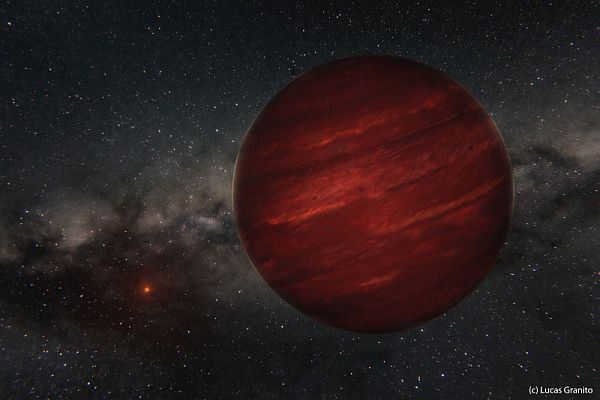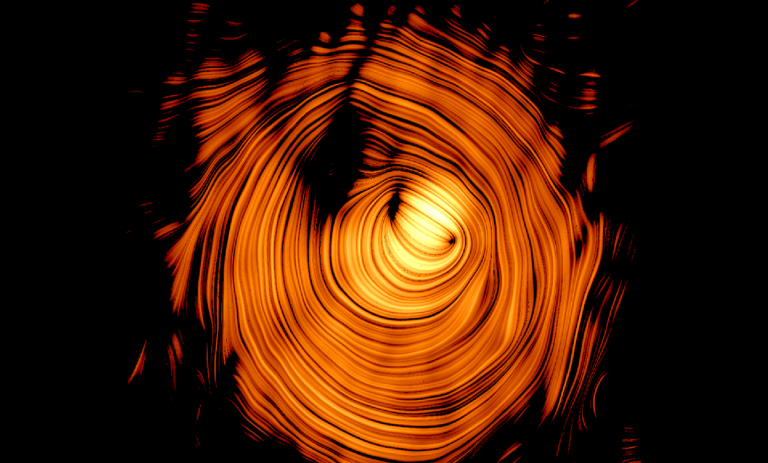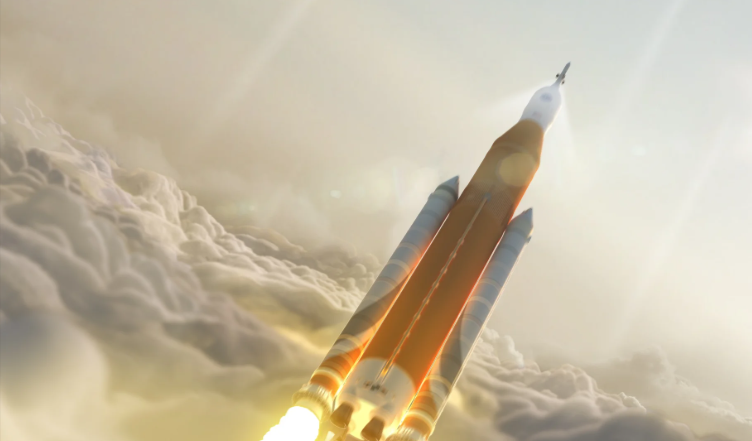Space scientists have discovered a new planet by collective observations from the Gemini Observatories, the Observatoire Mont-Mégantic (OMM), the Canada-France-Hawaii Telescope (CFHT) and the W.M. Keck Observatory. The gas giant is situated around GU Psc, in the constellation Pisces and is believed to be 3 times less massive than the Sun.
The distance between the planet GU Psc b and its star GU Psc is approximately 2,000 times Earth-Sun distance. With this distance, it would take the planet nearly 80,000 Earth years to complete just one orbit around its star. Huge distance between the planet and the star went into the researchers benefit, as they were able to take images in various wavelengths. Since the planet’s temperature at the surface level was lower with respect to the star, they were able to view it with the help of infrared light than the normal visible light.
Previously, GU Psc had been put under a collection of young star group called AB Doradus, where these young stars were not more than 100 million years old. Generally, these stars are considered as the bait for identifying planets hovering around them. Lead researcher, Artigau quoted that this does not necessarily mean that planets similar to the newly discovered GU Psc b subsist in huge numbers. This is not more than an astronomical oddity.
Calculating mass of any planet is another huddle, which cannot be easily solved by simply observing the planet hence theoretical models of (planet’s) evolution is taken into consideration while determining the main characteristics. Planet’s temperature of around 800°C was calculated by observing the light spectrum from an Observatory in Hawaii. its location in AB Doradus helped in converging its age and accordingly, the mass was determined, which was around 9-13 times that of Jupiter.
Space scientists envision that the recently installed Gemini Planet Imager in Chile would help them in identifying more planets similar to the GU Psc but in close proximity with their stars. Although it would then be difficult, to observe the planets that are in close proximity with their stars but by the time, they would be in a better position by gaining in-depth analysis on the already discovered GU Psc.
Source: Universite de Montreal




